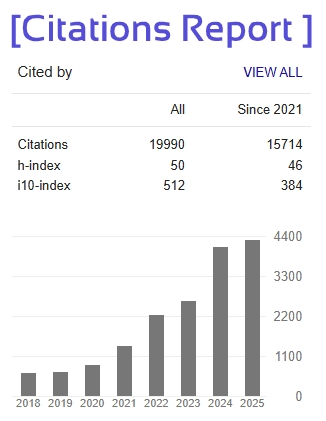Automated Prediction of Learning Disabilities in School-Age Children Using Machine Learning Techniques
Prof. A. M. Gunje
Computer Science And Engineering N.B.Navale Sinhgad College of Engineering
Solapur,India Arunagunje@gmail.com
Ms.Amruta Landage
Computer Science And Engineering N.B.Navale Sinhgad College of Engineering
Solapur,India
amrutalandage.nbnscoe.comp@gmail.com
Ms. Jyoti Inamdar
Computer Science And Engineering N.B.Navale Sinhgad College of Engineering
Solapur,India
jyotiinamdar06@gmail.com
Ms Nikita Jagadale
Computer Science And Engineering N.B.Navale Sinhgad College of Engineering
Solapur,India
nikitajagadale0206@gmail.com
Ms. Aditi Kate
Computer Science And Engineering N.B.Navale Sinhgad College of Engineering
Solapur,India
aditikate223@gmail.com
ABSTRACT:
Learning disabilities (LD) affect a significant number of school-age children and often go undiagnosed due to the limitations of traditional evaluation methods, which are time-consuming, resource-intensive, and reliant on subjective interpretation. The early and accurate identification of LD is essential for implementing timely educational interventions that can improve the academic and social development of affected students. This research aims to develop an automated system that leverages machine learning (ML) techniques to predict learning disabilities based on a variety of input features derived from behavioral, cognitive, academic, and psychological assessments.
A dataset comprising relevant indicators—such as reading and writing abilities, attention span, memory retention, logical reasoning, language skills, and classroom behavior—was collected and preprocessed for analysis. Feature selection techniques were employed to identify the most predictive attributes. Several machine learning models were implemented and compared, including Decision Trees, Support Vector Machines (SVM), Random Forest, k- Nearest Neighbors (k-NN), and Logistic Regression. Each model was trained and validated using standard cross-validation techniques to ensure generalization and robustness.
Among the evaluated algorithms, the Random Forest classifier yielded the highest accuracy, outperforming others in terms of precision, recall, F1-score, and overall predictive performance. The results demonstrate that machine learning models, when trained on appropriate features, can effectively predict the likelihood of a learning disability in children with high accuracy and reliability.
The proposed system not only aids educators, parents, and healthcare professionals in early detection but also reduces dependence on extensive manual testing. By integrating such intelligent diagnostic tools into educational institutions, it becomes possible to facilitate early intervention strategies, personalize learning plans, and ultimately enhance the learning experience and developmental trajectory of students at risk.







